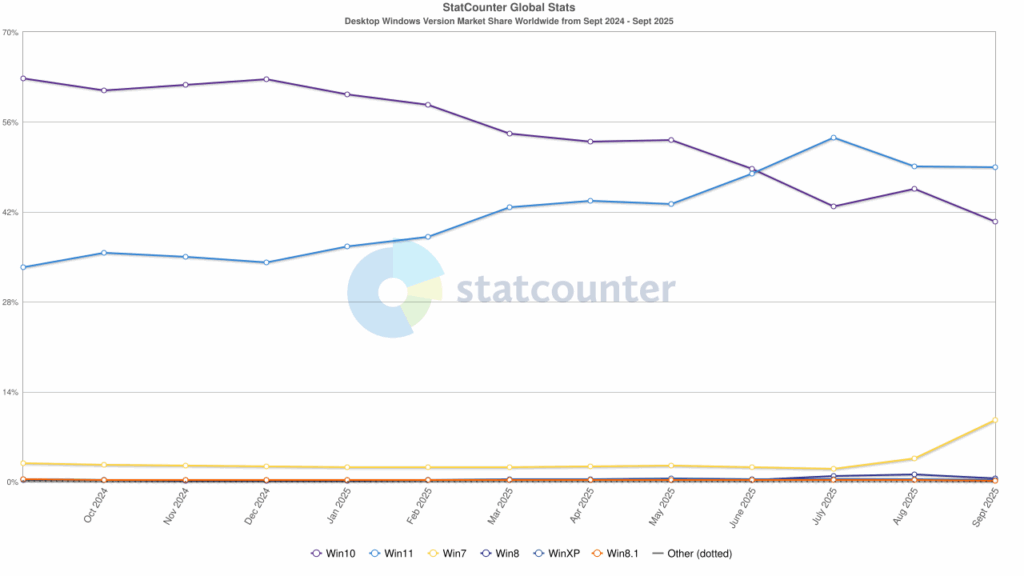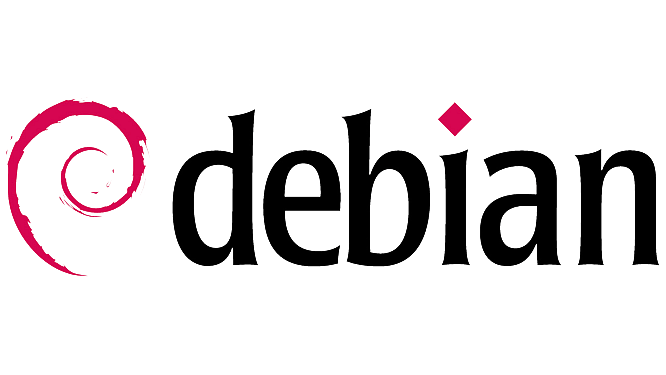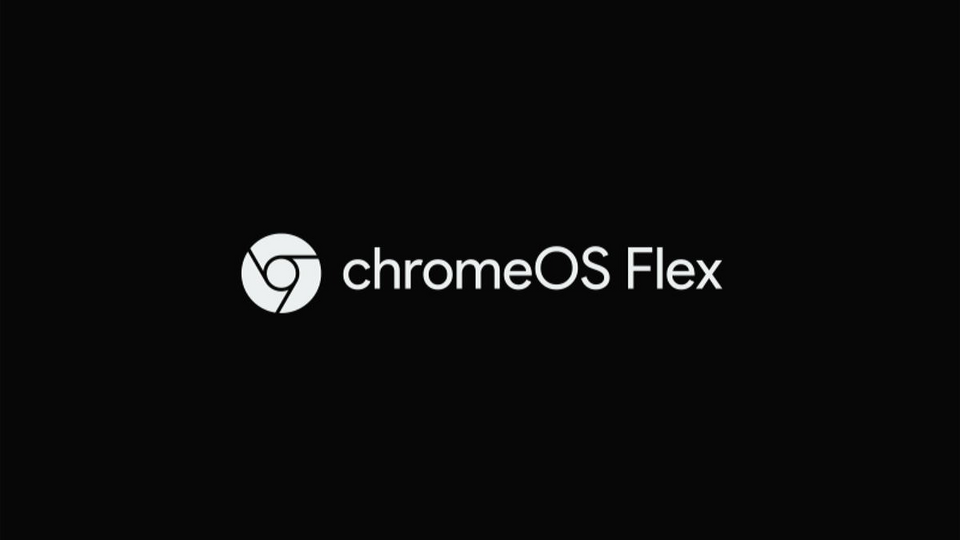After over 10 years of service, it’s time to have a moment of silence for Windows 10. For those keeping score at home, the date is October 14, 2025.
That is the day Microsoft stops releasing free security updates, non-security fixes, and most forms of technical support for its decade-old operating system. This is a big deal, considering the truly enormous user base (~41% as of 09/2025) still relying on Windows 10. While your PC won’t suddenly turn into a brick on this date, the lack of free security patches instantly flips the system from a reliable workhorse into a serious security liability.

You might say, “Wait, Microsoft is offering an extra year of updates if you sign up.” True, but official, free support is dead, and the reality is that long-term third-party program support will also decline. Continuing on Windows 10 is now a proactive choice that requires a strategy.
What Now? Your Three Options
Aside from doing nothing (please, don’t), you’ve got three main roads ahead. The best one depends entirely on your current hardware and your patience for change.
1. Sign Up for ESU Through Microsoft (The Band-Aid)
This is the short-term parachute for those who cannot or will not upgrade immediately. The Extended Security Updates (ESU) program allows you to continue receiving Critical and Important security updates for another year, until October 2026.
The Catch: This isn’t a return to business as usual.
- It’s a Band-Aid: The ESU is a one-year consumer license. While commercial users can purchase up to three years (at a rapidly increasing cost), the consumer option currently only goes until October 2026. After that, you are back to square one.
- The Price: The stated price for consumers is $30 for the year, but Microsoft is offering two ways to get it free if you’re willing to play ball:
- Use Windows Backup: Sync your PC settings to your Microsoft OneDrive account.
- Redeem Microsoft Rewards: Cash in 1,000 Microsoft Rewards points.
- No New Features: ESU provides security fixes only. You won’t get any non-security updates, feature releases, or design changes.
Verdict: Enroll in ESU today if your PC is incompatible with Windows 11. It buys you twelve months of breathing room to plan your real exit strategy.
2. Upgrade to Windows 11 (Playing it Safe)
For any machine that meets the demanding hardware requirements, this is the safest and most efficient choice. The upgrade is free and ensures your system is secured for the foreseeable future.
- Check Compatibility: Run Microsoft’s PC Health Check app. This will definitively tell you if your system passes the check, primarily looking for:
- TPM 2.0: The Trusted Platform Module is the number one blocker for older systems.
- CPU: A compatible 64-bit processor (the approved list is strictly enforced).
- RAM/Storage: At least 4GB of RAM and 64GB of storage.
- The Benefit: Full, free security coverage, plus the latest features and improved performance on modern hardware.
Verdict: If your PC is compatible, make the jump now. The transition is smoother than ever, and you instantly eliminate the risk.
3. Move to Linux or ChromeOS Flex (For the Adventurous)
If your machine is blocked from Windows 11, the thought of paying for ESU is unappealing, and you’re loath to buy new hardware, a completely different operating system can inject new life into an old PC.

Linux: This is the power-user option. Linux is free, requires minimal hardware, and is continually secured by a massive, global community. If your needs are mainly web browsing, word processing, and light media, a modern, user-friendly distribution will work flawlessly. The main hurdle is the learning curve, especially with specific hardware or niche Windows-only software.
Here are my recommendations for a Linux distro. The amount of distros can be overwhelming, so start with these:
- For the Noob: Mint (Designed to feel instantly familiar to Windows users)
- For the More Tech Savvy: Fedora or Debian (Solid, stable, and well-supported foundations)
- For the Maniacs: Arch (The “build it yourself” option—you know who you are)

ChromeOS Flex: Designed specifically for older hardware, Flex is a cloud-first operating system built by Google. It’s incredibly fast, lightweight, and perpetually secure. If you live primarily in your web browser (Google Docs, web apps, streaming), this is the easiest alternative to deploy. It’s perfect for basic home use or for extending the life of old school/office computers. The limitation: it runs very few traditional Windows desktop programs.
Verdict: The only long-term, free solution for incompatible hardware. Choose Linux for flexibility and software control; choose ChromeOS Flex for simplicity and speed.
Final Takeaway
The end of Windows 10’s free support is a forced moment of modernization. Whether you move to the new OS, extend the old one, or leap to a different ecosystem, the only wrong choice is to do nothing and operate an unpatched, unsecured computer on the modern internet. Choose your path and act now.
